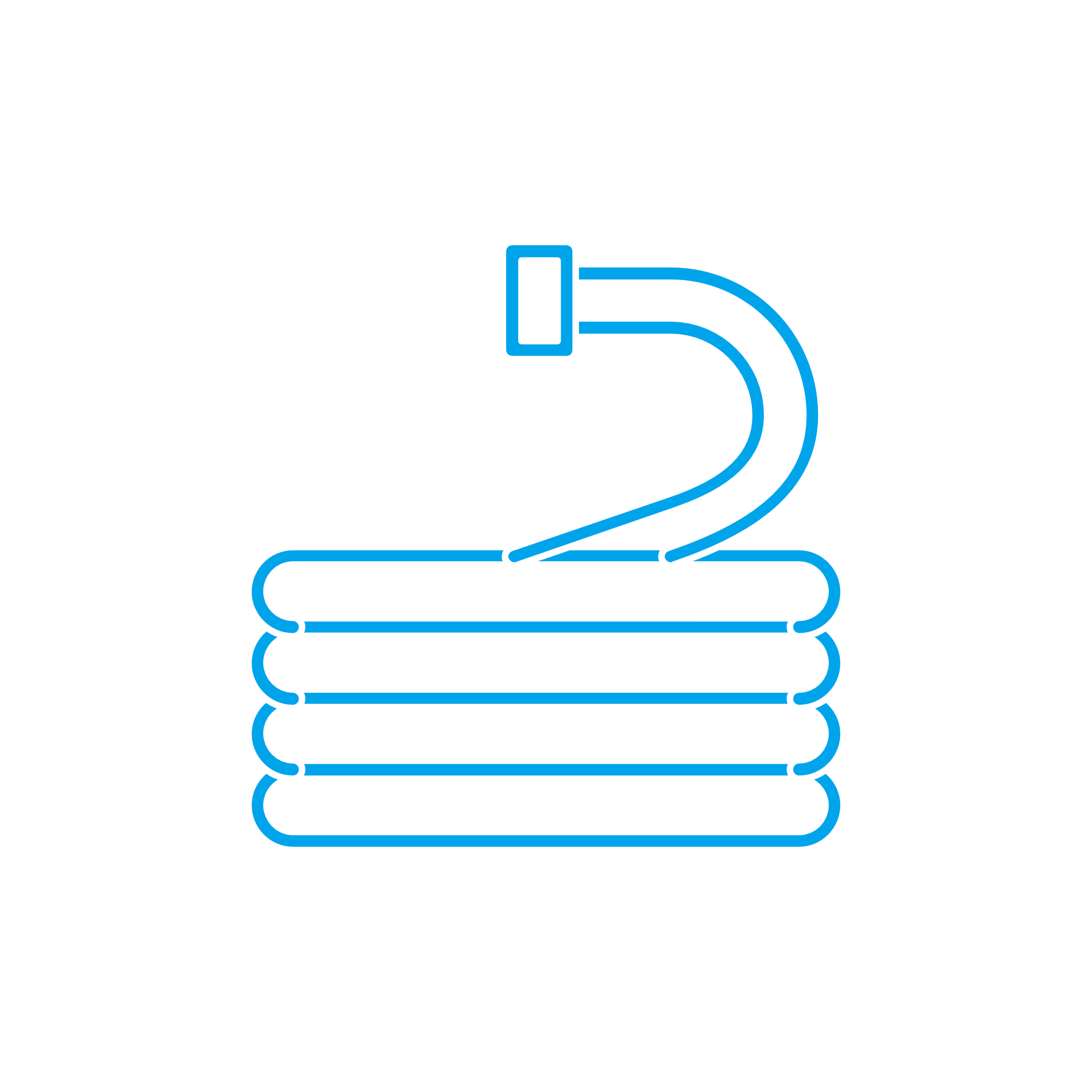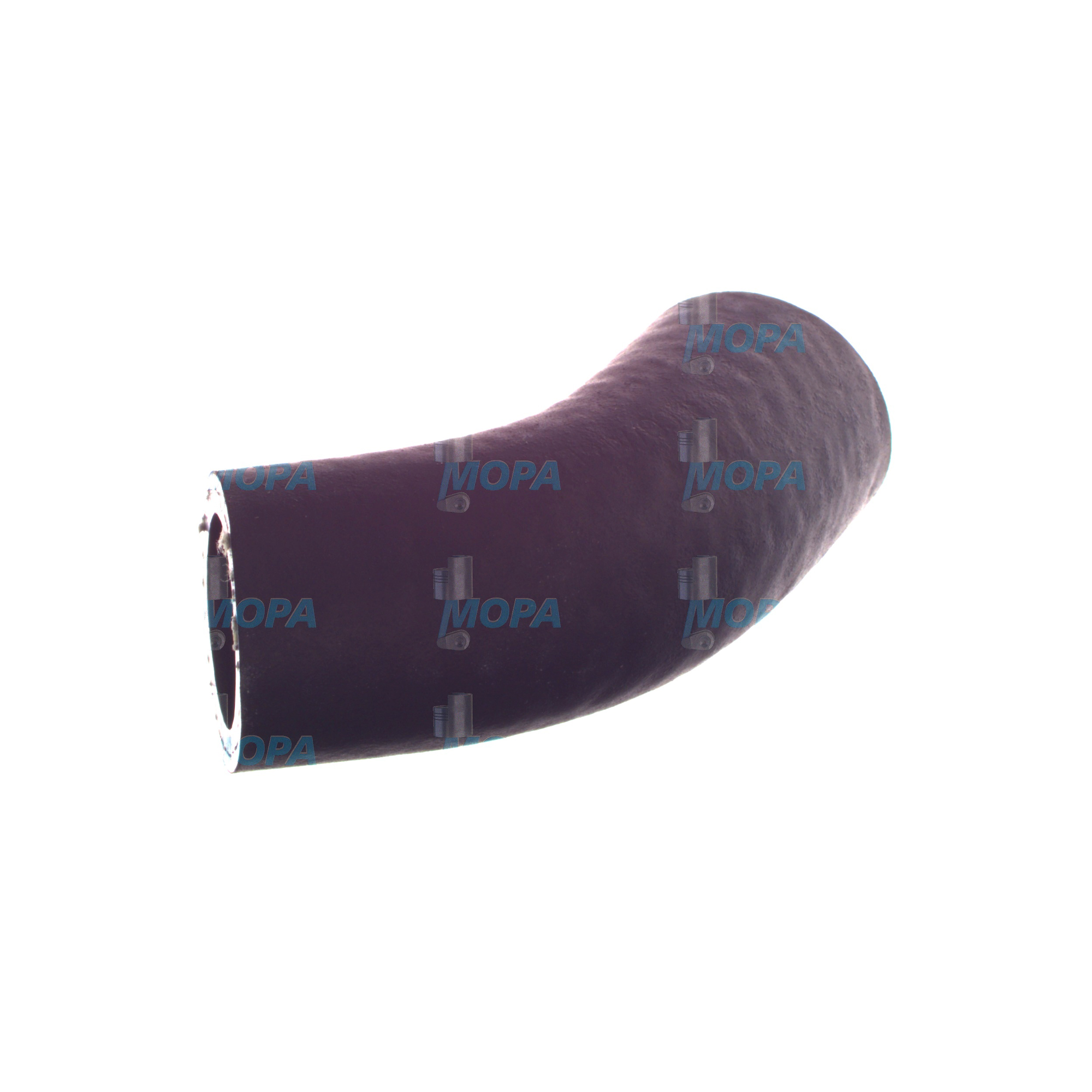SHAPED HOSE solutions for Hoses in marine and diesel engine applications
Hoses are flexible, preformed or straight conduits that carry liquids and gases across the engine and its auxiliaries. In propulsion and power-generation systems, they connect pumps, coolers, filters, turbochargers, tanks, and manifolds while compensating for vibration and movement. A SHAPED HOSE is a pre-bent hose with precisely defined angles and radii that follows the engine layout without kinking, ensuring reliable flow in tight spaces. Together, these hoses are essential to thermal management, fuel delivery, lubrication, breathing/venting, and emissions control—making them indispensable to the uptime and safety of marine and land-based diesel and gas engines.
SHAPED HOSE technical function in marine engine and diesel engine systems
The primary function of hoses is to route media with minimal restriction and zero leakage while absorbing engine vibration and thermal expansion. A SHAPED HOSE for a marine engine cooling circuit, for example, connects the engine block to heat exchangers and charge-air coolers with pre-engineered bends that maintain the correct inner diameter through the curve. This prevents cross-sectional collapse, preserves flow velocity, and avoids hotspots. In diesel engine intake and charge-air paths, shaped silicone hoses connect the turbocharger, intercooler, and intake manifold, resisting boost pressure and elevated temperatures while accommodating relative motion between components.
Material selection is application-driven. EPDM is widely used for coolant due to excellent heat and ozone resistance (typically -40°C to +120/150°C). Silicone SHAPED HOSE with polyester or aramid reinforcement handles higher temperatures (up to ~+180°C) and is stable under long-term thermal cycling; fluorosilicone liners add oil-mist resistance. For fuel and oil, NBR, FKM, or FPM-based compounds and PTFE-lined hoses resist hydrocarbons and aromatic content while limiting permeation. Reinforcement varies from textile plies for general duty to wire helix for vacuum service and kink resistance, and aramid fabric for high burst pressure. Correct bend radius and wall construction ensure the hose withstands suction (no vacuum collapse) and pressure spikes without fatigue.
Engineering details that matter to performance and efficiency include smooth inner walls to reduce turbulence, optimized routing to minimize pressure drop, and integrated beaded ends or quick-connects for secure clamping. Proper clamping—often with constant-tension or T-bolt clamps—maintains sealing under temperature swings and vibration. In marine engine rooms, external heat shielding and fire-resistant coverings are frequently specified near exhaust components, while compliance with relevant standards (e.g., SAE J20 for coolant, ISO 7840/8469 for fuel hoses in craft, and class society requirements) supports safety and regulatory conformity.
Key characteristics and advantages at a glance:
· Preformed geometry keeps full flow area in tight spaces.
· Multi-ply reinforcement manages pressure, vacuum, and pulsation.
· Compound-optimized for coolant, oil, fuel, or charge air.
· Wide temperature range, from arctic start-up to high-load operation.
· Ozone- and salt-mist resistance for harsh marine environments.
· Secure interfaces with beaded ends, quick connectors, and quality clamps.
· Reduced pressure drop and leakage risk for higher engine efficiency.
· Compliance with SAE/ISO and marine class requirements.
· Traceability and consistent dimensions for predictable fit.
Why SHAPED HOSE and hoses are critical to engine reliability and service life
Hoses are small components with large consequences. A softened or cracked coolant hose can lead to sudden coolant loss, overheating, cylinder liner cavitation, and head gasket failures. Charge-air hose leaks reduce boost pressure, increasing exhaust temperatures and fuel consumption while risking turbocharger overspeed. Fuel seepage from an aged hose is a serious safety hazard, especially in enclosed engine rooms, and oil-hose weeping contaminates bilges and insulation. Vibration-induced chafe, improper bend radius, and outdated compounds accelerate degradation, raising the probability of unplanned stops.
Routine inspections typically look for bulging, blistering, surface cracks, hardening/softening, delamination, and clamp imprint marks. Preventive replacement based on operating hours, thermal load, and environmental exposure is a proven strategy to protect engines and schedules. Using the correct SHAPED HOSE geometry reduces installation stress and micro-cracking at curves, directly extending service life.
Advantages of OEM spare parts suitable for Hoses and SHAPED HOSE
Selecting OEM spare parts suitable for your SHAPED HOSE and associated hoses delivers measurable lifecycle value. Dimensional accuracy ensures the hose seats on spigots to the correct insertion depth, with bends that match the engine’s 3D envelope—no twisting, no over-stressing. The compound and reinforcement are specified to the engine maker’s duty cycle, media, and temperature profile, securing consistent burst strength, permeability, and flexibility metrics. This translates into predictable performance, fewer leaks, and reduced downtime.
From a budget perspective, the right fit and material reduce installation time, prevent rework, and minimize collateral damage to adjacent components. Consistency across batches supports fleet standardization and spares planning. For safety and compliance, documented pressure/temperature ratings and conformity to marine and industrial standards simplify audits and class inspections. In short, OEM parts suitable for hoses protect performance, reliability, operating costs, and service life—without compromising on technical integrity.
MOPA: fast, high-quality supply of OEM parts for SHAPED HOSE in diesel and gas engines
MOPA is an experienced partner for sourcing OEM parts suitable for hoses across diesel and gas engines, including every critical SHAPED HOSE in cooling, charge air, fuel, and lubrication systems. Purchasers and technical managers rely on MOPA for speed—short lead times from stock or expedited procurement—paired with controlled quality and full traceability. Our team cross-references part numbers, assists with media/temperature specification, and consolidates multi-brand lists to streamline your requisitions.
With secure logistics, robust packaging, and documentation tailored to marine and industrial requirements, MOPA reduces supply risk and keeps engines running. Whether you operate deep-sea vessels, offshore assets, power plants, or auxiliary gensets, we support your maintenance windows with responsive service and reliable OEM parts for SHAPED HOSE applications.
Conclusion: SHAPED HOSE and hoses that protect marine and diesel engines
Engine hoses—especially each SHAPED HOSE matched to its circuit—are foundational to cooling efficiency, clean combustion, and system safety. Specifying and installing OEM spare parts suitable for hoses delivers the fit, material quality, and durability required to keep engines on schedule and costs under control.


